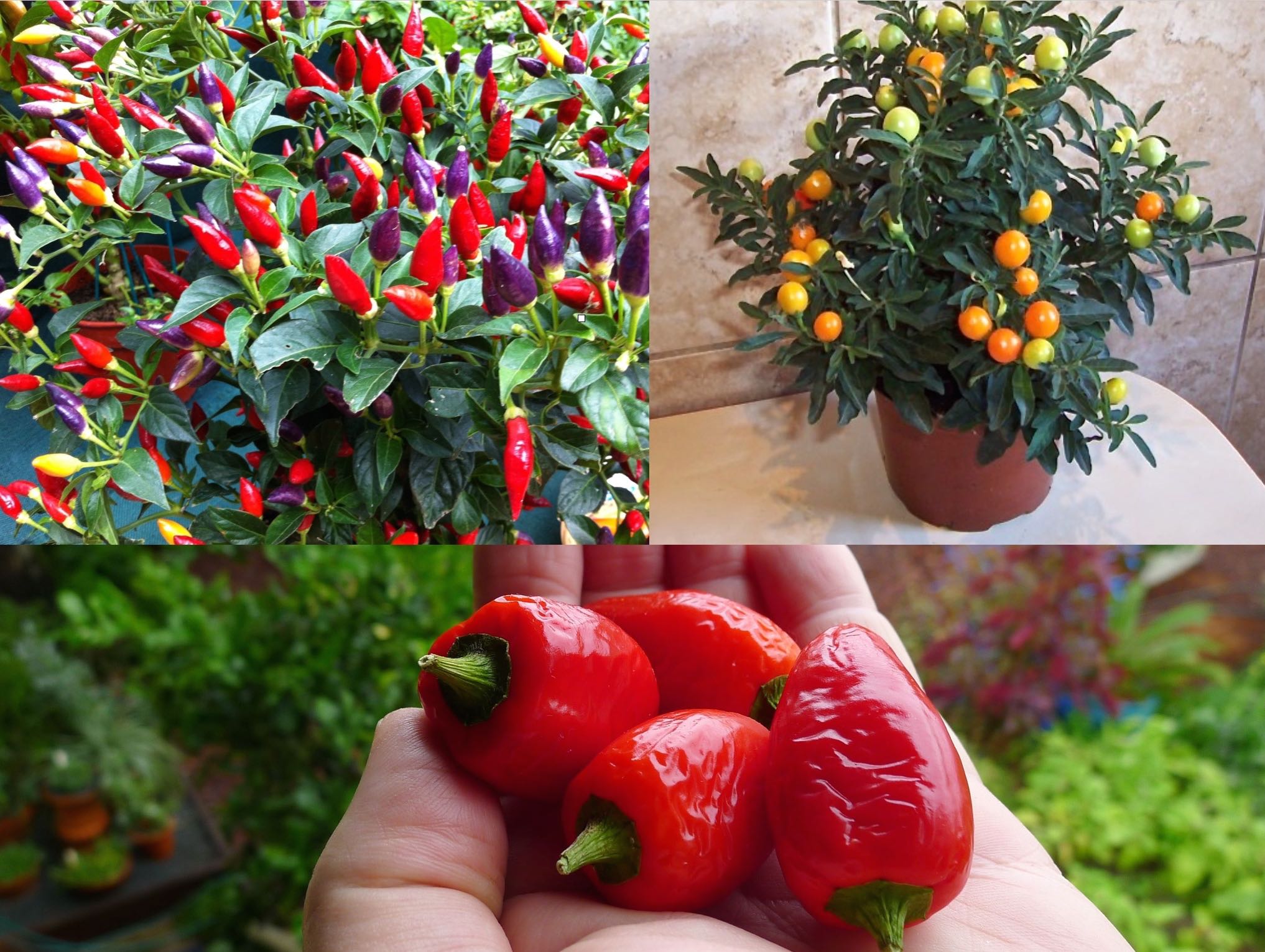Characteristics and economic importance of Solanaceae (potato family)
1. Diagnostic features Rarely trees, mostly herbs or shrubs. Leaves- simple, alternate in the vegetative parts and opposite in the floral region, ex-stipulate, petiolate or sub-sessile. Flowers- bisexual, actinomorphic and hypogynous. Stamens usually 5, polyandrous, epipetalous. Gynoecium- bi-carpellary, syncarpous with axile placentation, placenta is swollen, ovule numerous. Ovary obliquely placed. Fruit- a berry or a … Read more



